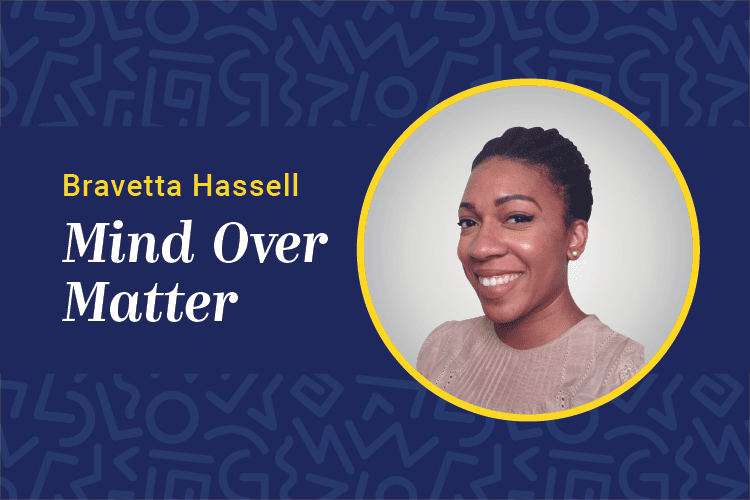
Executive leadership veteran and former General Mills Chief Learning Officer Kevin Wilde says adopting a learning governance board will only serve to improve a learning organizations’ ability to delivery effectively against broader business goals, and he’s glad to see more companies are thinking about it.
But don’t go chasing someone else’s model of success when it comes creating this governing body, he cautions learning leaders.
“You can learn from others. Others can give you good questions and good examples,” he said. “But figure out what fits your context and your mission right now.”
Don’t blindly adopt anything, as assembling a board requires some strategy in itself. Wilde offered some fundamentals.
Purpose: Leaders have got to be very clear on the purpose of the team input or decision-making.
Are the members role in organization interdependent? Is there any valued added by having this group in the room? Learning leaders should define what would be clear and credible as far as the purpose the mission and deliverables of the group.
Roles: Leaders must know the role they’re playing in this governing body, and be clear on the roles and deliverables of the people on the team.
Are they representing their function or geography or area of learning? Are they present to help share and allocate resources or just to give a business update? To what degree are members being held accountable for supporting the decisions or input of this group?
Wilde said when it comes to adopting a learning governance body, CLOs should be looking for those two fundamentals to make smarter decisions around learning and rally support around the learning agenda.
Bravetta Hassell is a Chief Learning Officer associate editor. Comment below, or email editor@CLOmedia.com.












